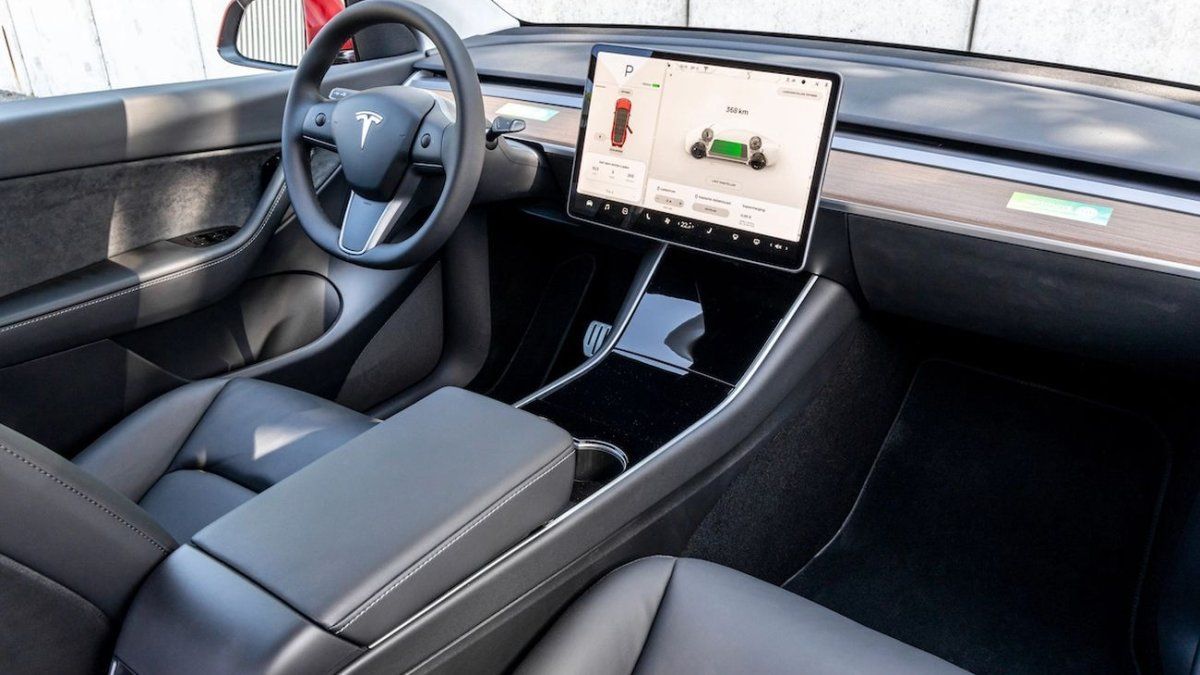The government presented a Simplified regime that enables the direct import of vehicles by individuals, without the intermediation of official dealers or automotive terminals.
The measure was announced by the Minister of Deregulation and Transformation of the State, Federico Sturzeneggerand contemplate so much New cars as used, as well as work vehicles, including trucks and machinery for industrial sectors such as mining or oil.
During the presentation, Sturzenegger He indicated that the new scheme is based on the equivalence of international standards. Under this criterion, if a vehicle can legally circulate in countries such as United States or members of the European UnionI should also be able to do it in Argentina. The procedure is simplified: Instead of managing a specific import license, the user must meet a national vehicle technical verification (VTV).
This regime is part of a set of measures aimed at reducing restrictions in foreign trade and facilitating access to imported goods, with potential impact on both individual and industrial production consumption. However, for its practical implementation, the publication of a technical regulation that details the operation of the new system is still required.
How to import a tesla: how much will it cost to bring it to Argentina and what is needed to have it
An example used to estimate application costs is Tesla Model andan electric car of extrazone origin that is not manufactured in countries with preferential commercial agreement with Argentina. In Uruguayits price with VAT reaches the USD 69,900. By eliminating 22% corresponding to the local VAT, an approximate FOB value of USD 57,295 is obtained, which serves as the basis for calculating additional import positions.
On that value, different costs apply:
-
International Freight and Insurance: USD 2,500
-
Import tariff (35%): USD 20,053
-
Statistical Rate (3%): USD 1,719
-
Internal logistics: USD 1,000
-
Provincial and national tax positions: approximately 10% of the subtotal
-
VAT (21%): USD 19,073
The estimated total, with taxes and charges included, amounts to USD 109,896 For the particular import of this model, without any adjustments for homologation or administrative procedures.
Despite the announcement, the regime is not yet operational. The Secretariat of Industry and Commerce You must define key technical aspects for your application. Until that happens, the individual import process remains in force under traditional frameworks, which require obtaining the model configuration license (LCM) and the Environmental Configuration License (LCA). These certificates, managed by the Inti and the Undersecretariat of Environment, respectively, are usually reserved for professional terminals or importers due to their complexity.
The new regime seeks to replace the LCM with a Vehicle Security Certificate (CSV)which would automatically validate models that meet international technical standards already recognized in Argentina. This modification was introduced by decree 196/2025, which also updated aspects of the National Traffic Law.
Beyond costs, there are technical factors to consider. In many cases, vehicles must be adapted to local emission conditions, fuel quality or safety requirements. Argentina currently adopts the Euro 5 standard, so models that do not meet this level could face restrictions to circulate.
Tesla Model Y.jpg
An example used to estimate application costs is that of Tesla Model and, an electric car of extrazone origin that is not manufactured in countries with preferential commercial agreement with Argentina.
The regime also projects an open homologation system, with public information on the technical specifications of each vehicle. In case of importing units that are not officially available in the country, users must manage the necessary documentation with the manufacturer or authorities of the country of origin to certify compliance with current regulations.
Not all models sold abroad automatically comply with Argentine requirements. For example, some variants do not incorporate stability control (ESP), which is mandatory at the national level. Therefore, An approved vehicle in Europe may not receive local authorization if its version does not include the required security elements.
Another variable to consider is the access to spare parts and technical services. In case of importing a model that does not have local representation, breakdowns repair could depend on the international shipment of parts, which affects both the cost and the resolution time. This situation also impacts insurance hiring, since some companies apply high premiums or restrict coverage to damage to third parties.
The Government also evaluates the possibility of expanding the regime to facilitate the importation of used vehicles under particular conditions. This option could be of interest to users who are looking for non -commercialized models, although it implies greater operational challenges.
In sectors such as mining or oil, the possibility of importing trucks and used machinery represents an opportunity to reduce costs. According to official estimates, Some companies could decrease their operational expenses by up to 40% through this mechanism.
At the moment, the application of the regime depends on the publication of the corresponding regulations. From the Ministry they indicated that the technical text would be available in the short term, although the delay already exceeds the month since the signing of the decree.
The case of Tesla Model and It allows to visualize the estimated total cost of the particular import: More than USD 109,000, with an expense structure focused on taxes, freight and logistics, in addition to the original vehicle value. The definitive implementation of the new regime will determine whether these types of operations become more frequent or continue to be isolated cases.
Source: Ambito
I’m a recent graduate of the University of Missouri with a degree in journalism. I started working as a news reporter for 24 Hours World about two years ago, and I’ve been writing articles ever since. My main focus is automotive news, but I’ve also written about politics, lifestyle, and entertainment.




